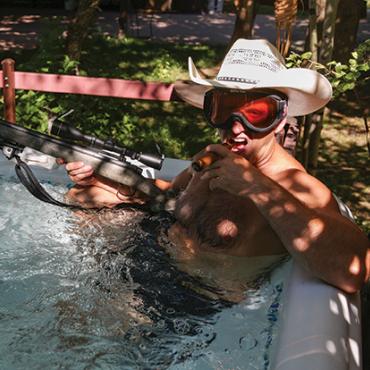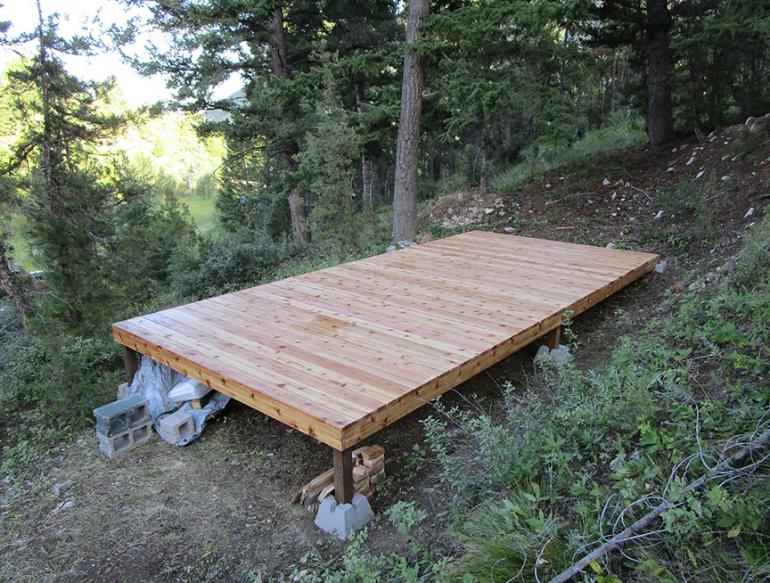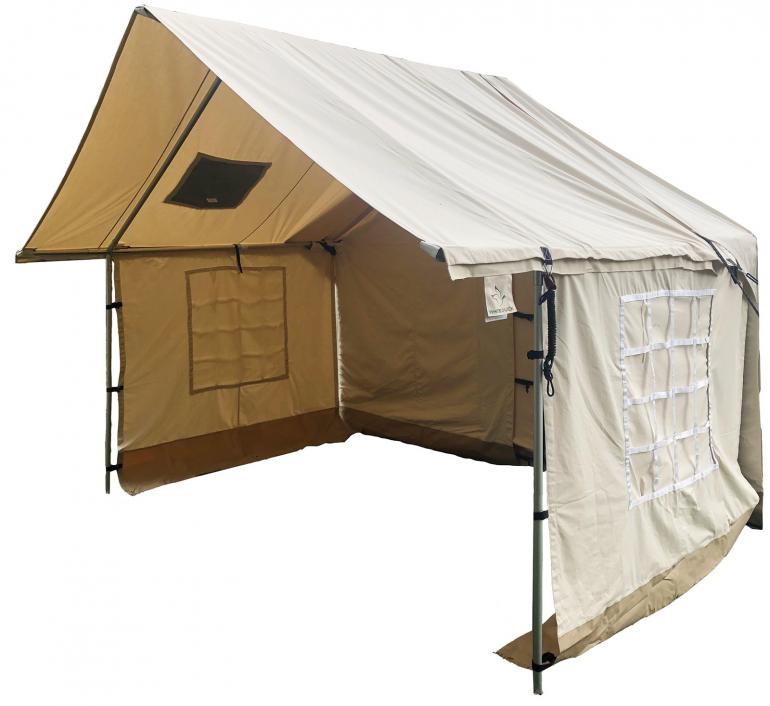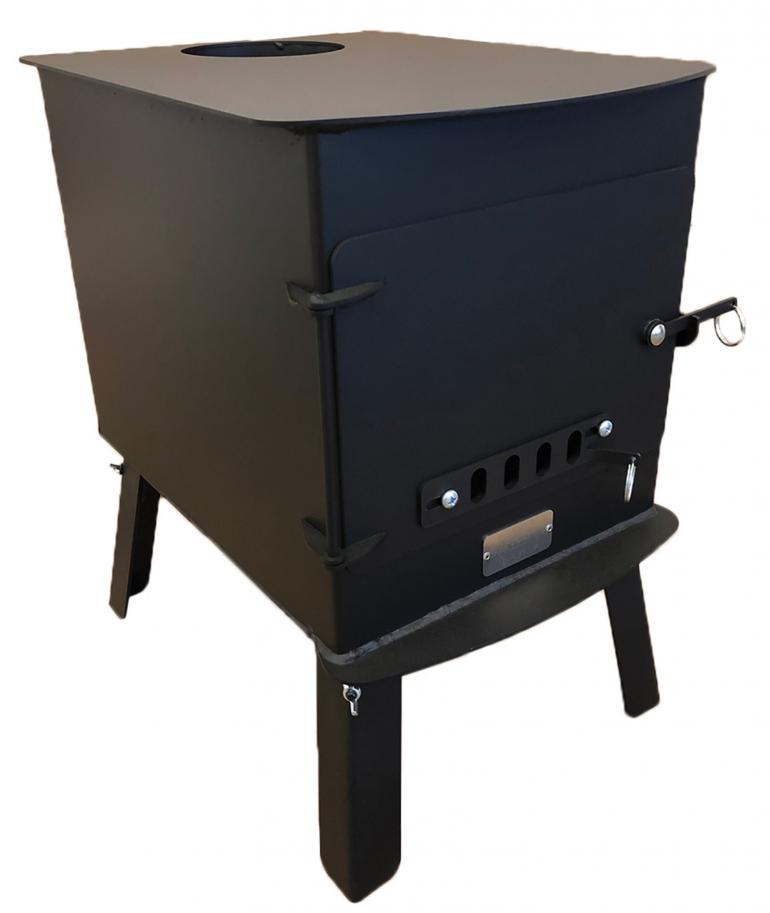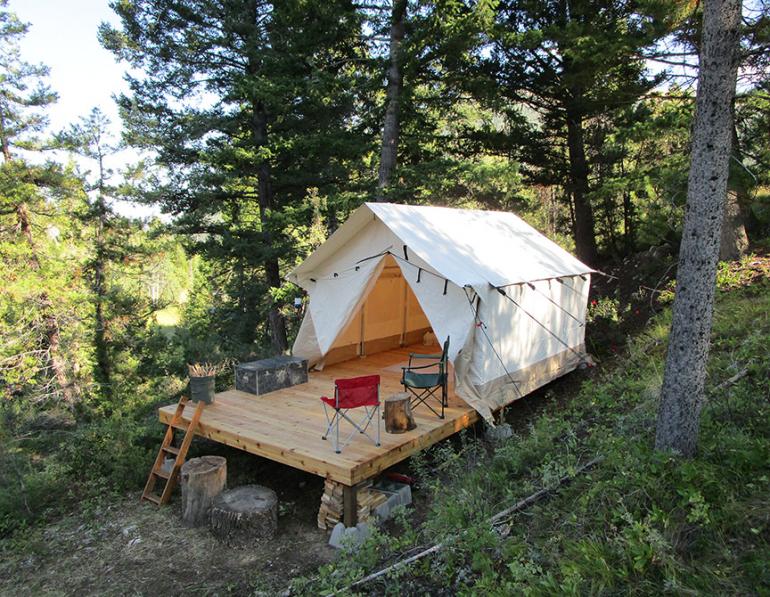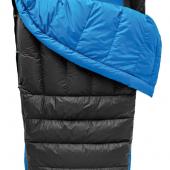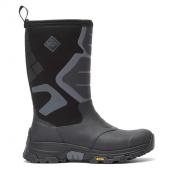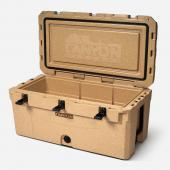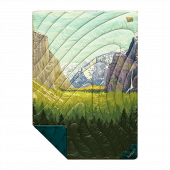Comfort Zone
Upping the ante with a White Duck wall tent.
After a long day in the mountains—hiking, biking, fishing, or chasing game—a cozy camp is important. Not essential, mind you; one can certainly fumble through supper, then clamber under a truck cap or stoop in a tiny tent. But after a while, the irritations add up: bumping your head, misplacing a headlamp, water dripping on the sleeping bag. And there’s never enough room! Especially when it’s cold and the dog wants in, squeezing between you and your mate like a bratwurst in a brioche bun. You wake up pressed against the side and shivering, covers half off, a dull pain growing in your back. It’s 2am and your bladder’s screaming… time to go through the 10-minute bathroom-break rigmarole, whilst the snoring mutt steals your entire space.
With a wall tent, size matters—you want one big enough to spread out in, but not so big that you need a footprint the size of a pickleball court. Especially if you’re planning to build a platform, which is what I did.
Enter the wall tent, that warm, roomy, portable shelter that’s made huntin’ camp that much more comfortable for generations, and has recently come into its own for family trips, group gatherings, river trips, and long weekends at the lake. From spring to fall—and throughout the winter, if you’re around enough to knock off the snow—a good wall tent can improve the camping experience by a wide margin. It’s especially advantageous if you’re planning to be in one place for several days, and if you’ve got a passel of kids in tow. As the days shorten and the nights cool down, a wall tent helps extend your season, taking the edge off in even the nastiest of weather conditions.
When I was ready to upgrade my own camp digs, I chose a White Duck Outdoors 10x12 Alpha Wall Tent ($2,250), and I’m glad I did—this sucker is one heck of a shelter. The five-foot walls and integrated ground sheet preclude both crouching humans and scurrying critters, while the sturdy frame and thick cotton canvas confer confidence in cold weather, pouring rain, and high winds. The quality construction is obvious, which helps ease the purchase pain—it’s clear that this thing is built to last.
Four windows let the light in, while a front eve keeps moisture out. Mesh all around allows airflow on warm nights, keeping things from getting stuffy while thwarting pesky skeeters. With that cool breeze and the sounds of nature outside, you’ll sleep the sleep of kings.
With a wall tent, size matters—you want one big enough to spread out in, but not so big that you need a footprint the size of a pickleball court. Especially if you’re planning to build a platform, which is what I did—my tent will stay up well into winter, and I wanted to discourage both mildew and unwanted intruders. With the price of lumber, and the time & tools required to put it all together, keeping things to a reasonable size pays off.
With two people, set-up is a breeze; it takes half an hour to assemble the frame, drape the tent over, and stake out the sides. Slider tensioners bring the tent taut. The instructions left a bit to be desired, but after laying all the pieces out, the design made sense—nary a swear-word escaped our lips the entire time. We made a point to set the tent up at home, “seasoning” it with water to bind and seal the fabric, before hauling it off to our hiking & hunting spot for the season.
Next up is the Canvas Porch ($600), a luxurious addition to our new living situation. The three-sided attachment offers room for a covered kitchen on one side, and plenty of space to stash gear on the other, especially wet clothes (and wet dogs). Once the snow flies, I’ll string up the Fly Sheet ($250) for additional protection and to prevent condensation, and I’ll fire up the Small Tent Stove Kit ($586) to keep things warm & toasty inside.
Shelter from the storm—now, I and my companions have it, along with relief from the grief. There’s room to move around, space to store extra gear, and hooks to hang a lantern. I even put in a small table, at which to wine, dine, and play cards, as the nights grow longer under the big, dark, increasingly cold Montana sky.


